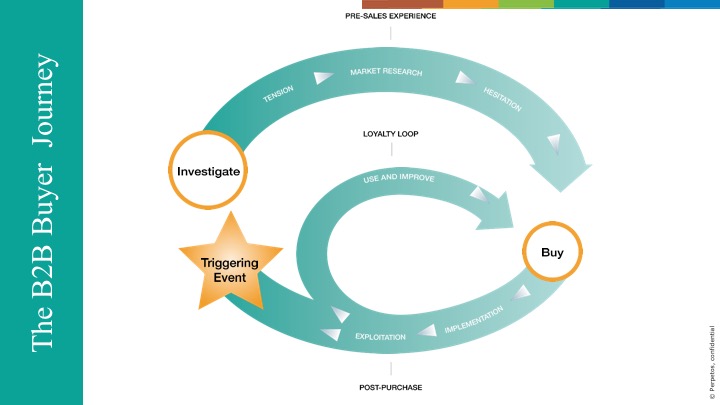Klanten willen geen tijd meer maken om verkopers op te leiden over hun noden, maar eisen een relevante interactie vanaf de eerste seconde. Eén van de symptomen daarvan is het moeilijker verkrijgen van een afspraak.
Verkopers die de vier disciplines van 360°klantgerichtheid beheersen, onderscheiden zich in de markt en beantwoorden beter aan de noden van klanten in het digitale tijdperk. Toegegeven, dit klinkt in eerste instantie als onderdelen van een zevenkamp en door de ringen in de illustratie hieronder, lijkt het alsof verkoop een olympische discipline geworden is.
Laat ons dit even in een vraag omzetten:
Welke van de 4 disciplines is voor jou een uitdaging? (klik het vak volgens jouw keuze aan in de visual)
360°
Buyer Alignment
Effective Selling Skills
Personal Connection
Digital Enabled Commercial Activities
Bringing value
Building trust
Building rapport
Modern selling
Building trust – Verkopen vanuit vertrouwen: vertrouwen creëren en uitbouwen door afgestemd te zijn op elke stap in het koopproces van de betrokkenen. Alleen dan zal de klant open staan om rekening te houden met je waarde toevoegende boodschappen.
Hoe creëert u vertrouwen bij alle stakeholders rekening houdend met diversiteit in rollen, verwachtingen, persoonlijkheden, aankoopfases, …?
Hoe stemt u uw interacties op elkaar af, past u uw messaging en de waarde die u brengt aan om het vertrouwen verder te vergroten?
Inderdaad, alle vier de disciplines zijn van vitaal om succesvol te zijn.
Bringing value – Unieke waarde toevoegen:waarde brengen ligt op het raakvlak tussen verkoopvaardigheden en afstemming aan de echte noden van de klant.
Is het duidelijk voor de klant, wat uw voordelen voor hem betekenen?
Is de waarde die jij denkt te brengen, ook de waarde die de koper hoopt te kopen?
Is de waarde die je brengt vertaald in informatie die de klant nodig heeft om de koopcyclus te versnellen of korter te maken?
Welke digitale activiteiten plant u tijdens de koopcyclus en hoe houdt u daarbij rekening met de verschillende persoonlijkheden en communicatievoorkeuren, om de persoonlijke band te versterken, vertrouwen en een goede verstandhouding op te bouwen?
Inderdaad, alle vier de disciplines zijn van vitaal om succesvol te zijn.
Building rapport – een sterkere connect maken: de relatie met de betrokkenen versterken door in taalgebruik rekening te houden met de persoonlijkheid en communicatie voorkeuren van elke betrokkene. (People Skills)
Bent u in staat om een band op te bouwen met alle relevante stakeholders?
Wat is de impact op uw relatie(s) als u niet op één lijn zit met hun (individuele) koopcyclus of niet de juiste waarde brengt in elke fase?
Welke content kunt u gebruiken om relevant te blijven tijdens uw contactmomenten om uw relatie(s) te versterken?
Hoe creëer je meer engagement?
Inderdaad, alle vier de disciplines zijn van vitaal om succesvol te zijn.
Modern Selling: meer en kortere contactmomenten zijn versneld aanvaard door de verplichte digitale contactmomenten tijdens de lockdown. Gebruik je de juiste mix van alle communicatiekanalen om ‘top of mind’ te worden en blijven?
Hoe stemt u uw mix af op de verschillende fasen van de individuele koopcyclus van de betrokkenen?
Wat als u niet beschikt over de nodige info over waar ze staan?
Hoe kunt u uw relatie(s) toch verbeteren door minder face-to-face en meer digitale contactmomenten te gebruiken?
Wat is de impact hiervan op uw inzichten over waar de klant zich de koopcyclus bevindt?
Inderdaad, alle vier de disciplines zijn van vitaal om succesvol te zijn.
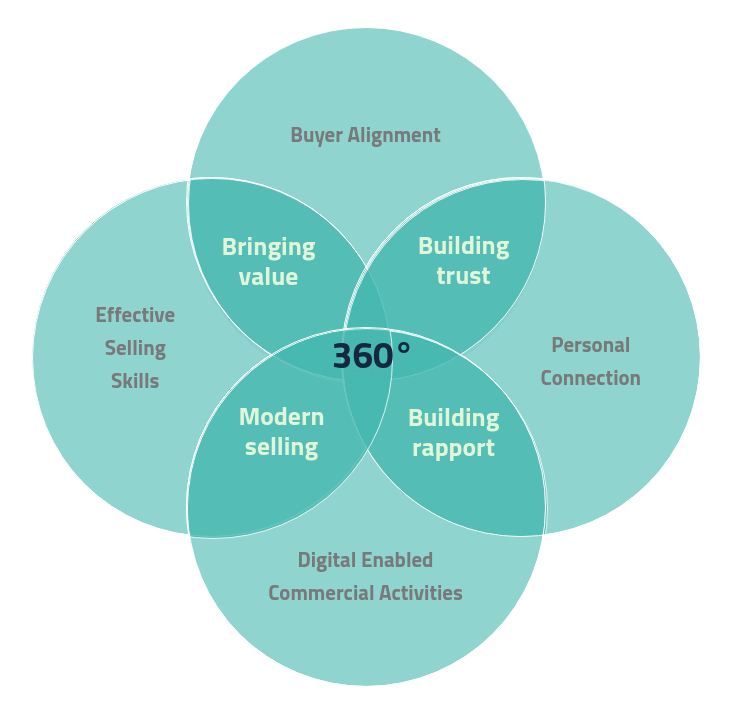












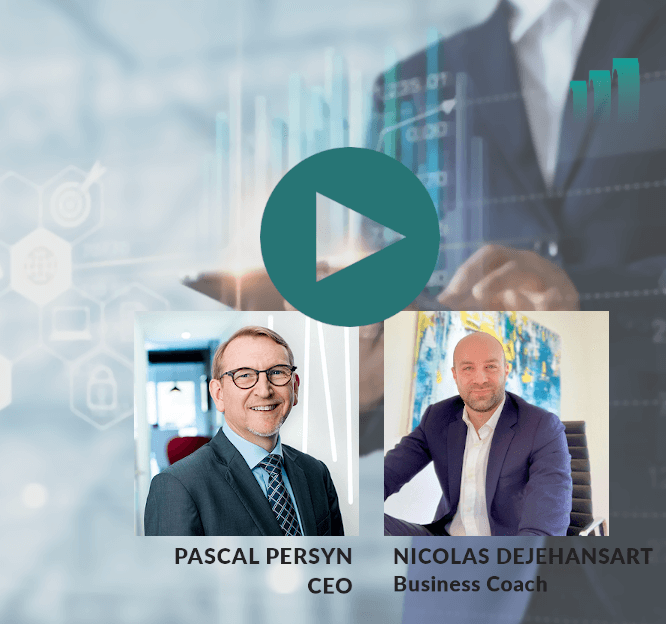
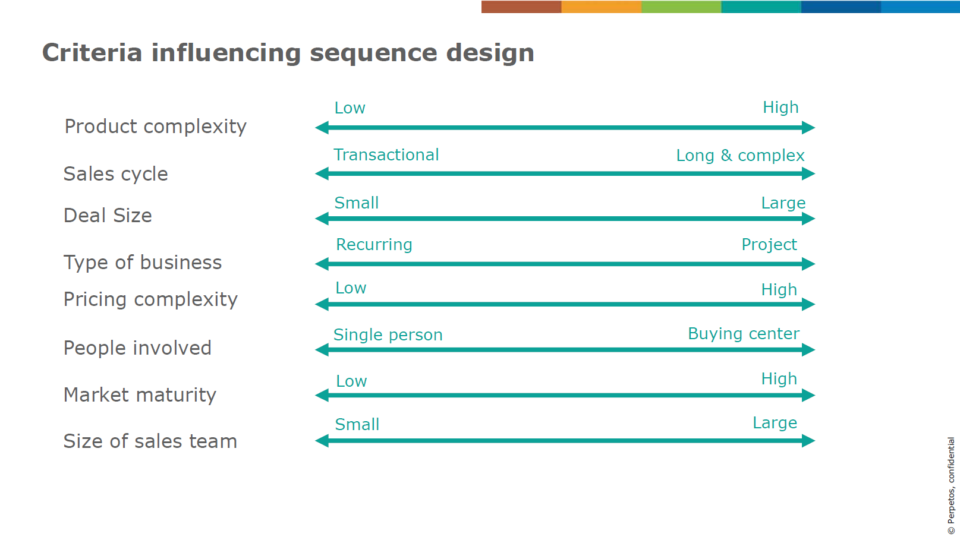
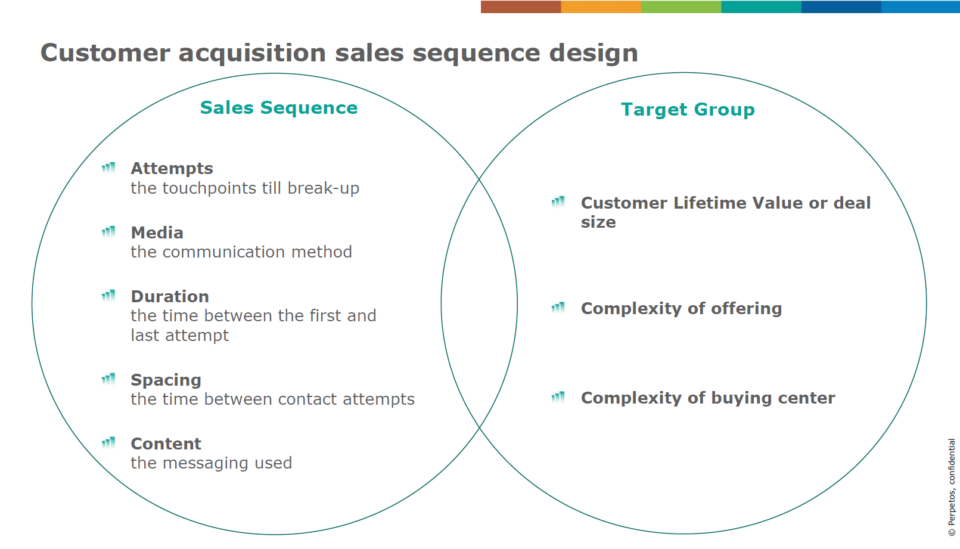


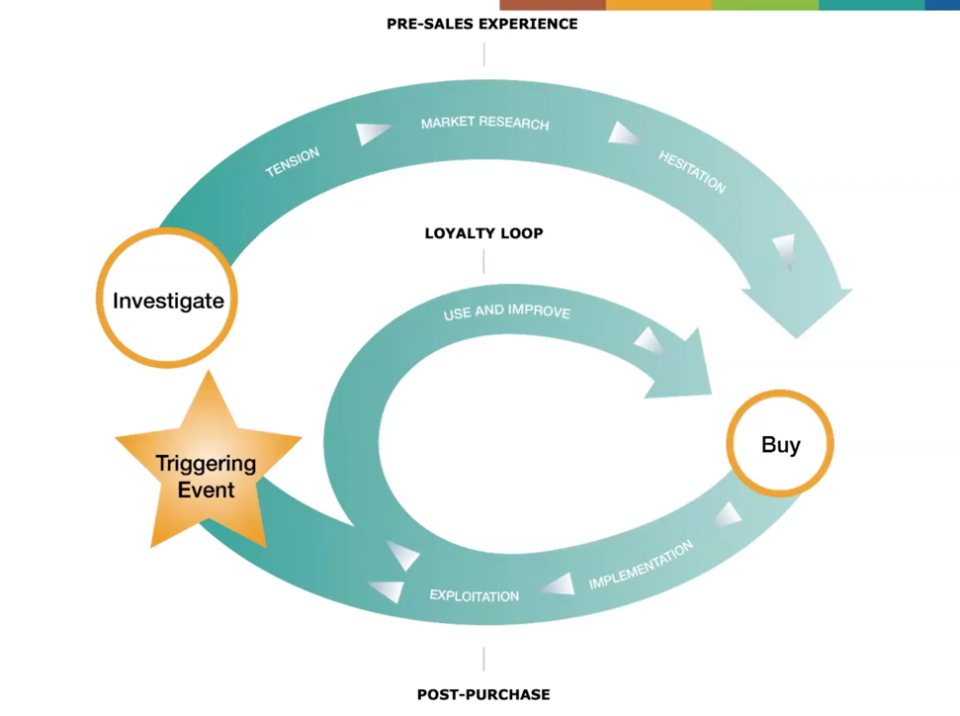
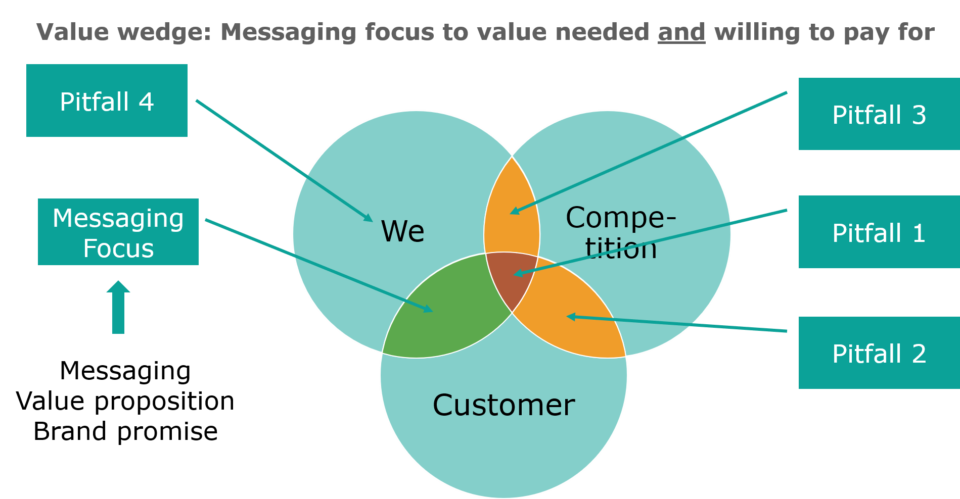
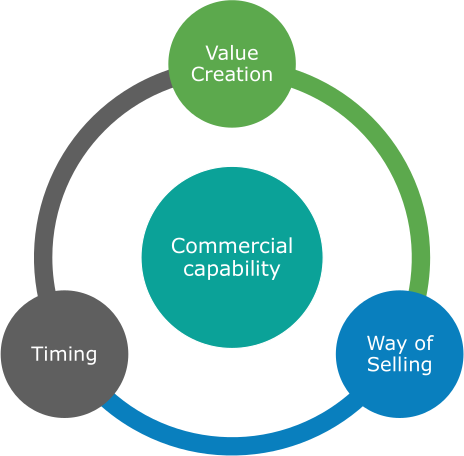
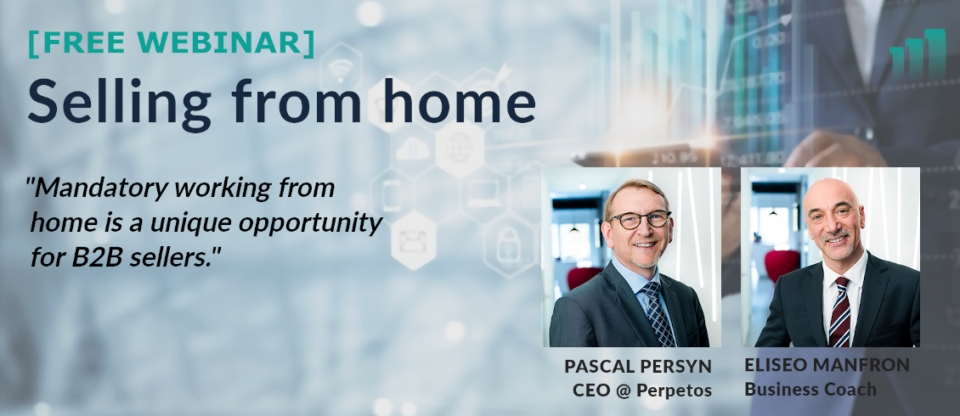
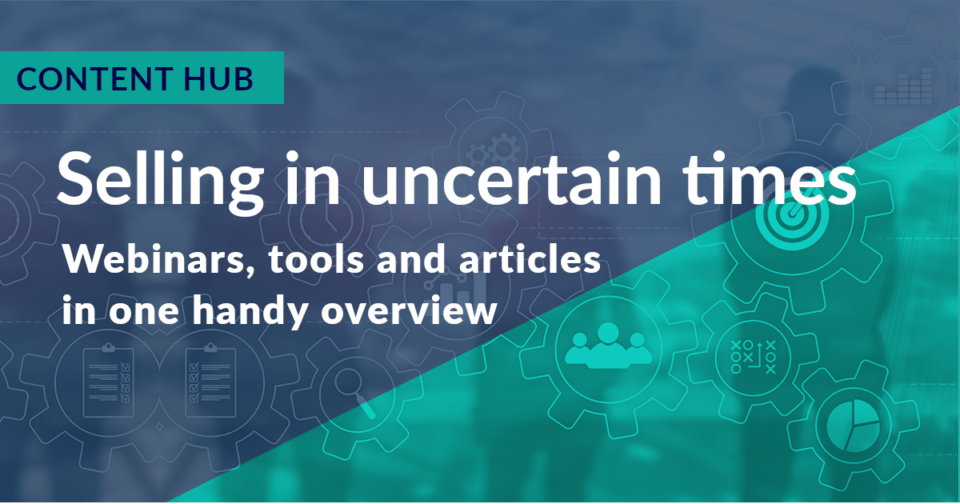



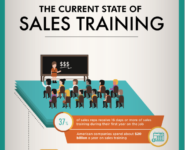


 Budget
Budget
